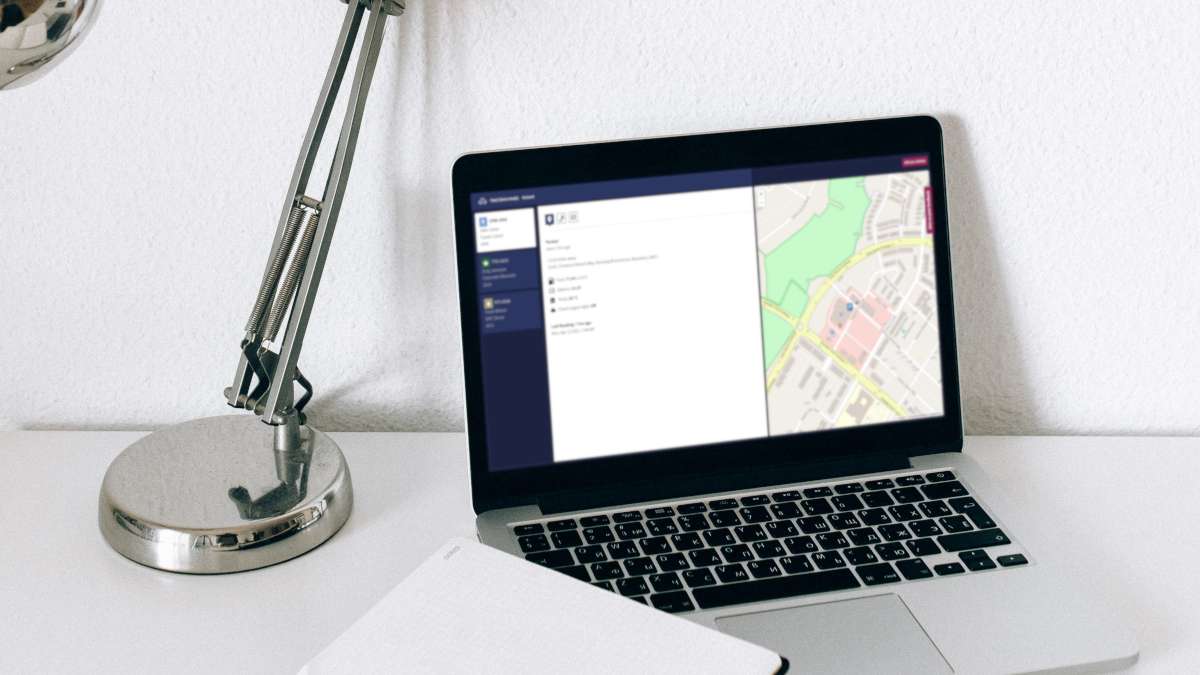
The news that commercial drivers engage in one of the most fatal occupations in America, might surprise you, at first. But, if you think about it, it makes perfect sense. They spend most of their working hours on the road, exposed to all sorts of dangers. That’s why it’s important for a fleet manager to train their drivers in defensive driving techniques and practices; to protect both their people and business from the — often tragic — aftermath of a crash.
After all, the main objective of defensive driving is to prevent road accidents. How? Simply by training drivers to anticipate the actions of other road users; also, become aware of how road and weather conditions can affect vehicle operation.
That said, to help you get started with driver training, in this article, we’ll go through 7 basic defensive driving techniques that every driver in your fleet can apply. But first, let’s discuss some of the benefits of defensive driving.
Why train your fleet drivers on defensive driving techniques and practices?
Implementing defensive driving techniques can have safety-related and financial benefits for your fleet business, in the long run. To elaborate, providing your drivers with defensive driving courses will enable them to spot and avoid road dangers; that is, before they even begin to manifest.
Hence, they’ll become more confident in their driving ability; they’ll feel safe. This acquired driving confidence can save their lives in a — God forbid — dangerous situation; it will help them be calm, and quickly adjust their driving, to dodge hazardous road and weather conditions.
In addition to the previous points, empowering your employees will minimize the probability of them being involved in a serious accident. And, as you know, the consequences of an accident can range from tickets or fines, and demerit points on their driver’s license, to high insurance premiums, costly vehicle repairs and, sadly, injury or death.
Even a small change could have a big impact; not only on your crew’s safety but also on your company’s bottom line. Although it might seem like a waste of your time, offering safe driving coaching to your employees is definitely worthwhile.
7 Defensive driving techniques to keep your drivers, and business, safe
For your safe driving program to be effective, it needs to revolve around raising driver awareness. To that end, make sure to include the below defensive driving techniques in your coaching sessions:
1. Drive within speed limits
While it might seem safe to speed up some times, especially when your driver is in a hurry to meet a delivery deadline, breaking the speed limit can be very risky. Therefore, instruct your employees to drive at a speed that’s compliant with the local laws.
Apart from that, they also need to drive at a speed that is suitable for every weather condition. That goes to say, even if they drive at a legally acceptable speed, it probably isn’t a suitable speed to sustain, when it’s raining or snowing.
2. Be aware of the surroundings
Another important defensive driving technique is to draw your drivers’ attention to the fact that danger can come from all sides and angles; thus, paying attention only to the car in front of them, is not enough. On occasion, danger can come from two, three, or more cars ahead of them.
What’s more, knowing their assigned vehicle’s blind spots will help them be aware of their surroundings, and calculate distances. Following this technique, they’ll learn to always look as far ahead (and around) as they are able. This will allow more time to respond to any risk that may be coming their way.
3. Check the mirrors, at all times
Sometimes, when your drivers only focus on what’s ahead of them, speeding drivers, emergency vehicles, and other potentially dangerous road users can go unnoticed. In addition to the above safety tactic, you need to coach your drivers to check their mirrors at all times; to make sure there’s a safe distance from every side of the vehicle.
4. Follow the two-second distance rule
Speaking of safe distances, another important defensive driving technique is following the two-second rule. In other words, keeping clear of closeby vehicles by creating a buffer space. This rule, however, is easier applied to the vehicle in front, since it’s probably the only distance your drivers can control.
So urge your crew to be aware of how closely they’re following the vehicle in front of them; while making sure it’ll take at least two seconds to respond, should the front driver hit the brakes abruptly. Something as simple as keeping a safe distance, can prove to be an effective escape plan; in case they need to swerve to avoid danger.
5. Drive according to weather conditions
As we’ve mentioned, when the weather is bad, the road can become very slippery, leading to hydroplaning and skidding; even when your employee drives within speed limits. With that in mind, train your crew to adjust — both their driving and the vehicle — to the road and weather conditions, regardless of the legal speed limit.
6. Avoid distractions
What can constitute a distraction for your drivers?
- Using their cell phone (either speaking, writing, or reading)
- Eating and drinking (meaning, coffee or some other beverage)
- Listening to music; especially music they like
- Interacting with another passenger in the vehicle, or with someone outside the vehicle
- Having a gander at some happening in the surrounding area; instead of focusing on the road
As you can see, even the tiniest distraction can prove to be fatal. For this reason, instruct your drivers to keep their phones — and other devices, and objects — out of their field of view, to avoid temptation.
7. Take breaks, whenever needed
Needless to say, as a fleet manager, you have to ensure that your drivers are following the Hours of Service (HOS) rules; not just for compliance, but also for preventing driver fatigue. Truth be told, drowsy drivers are drivers who are not alert; and, this may lead them to drift out of lane, not brake (when required) and, ultimately, crash. Which is why you have to clarify to your drivers that they should take a break, whenever they feel tired; or, in any case, mentally foggy.
There’s real value in defensive driving
Even though driver safety training might seem unnecessary at first, over time, you’ll see the value it brings to your employees and your business. Training your drivers how to anticipate other drivers’ actions will help them avoid potentially life- and business-threatening situations.
A good place to start is to coach them on the basic defensive driving techniques we touched on in this article. Essentially, these tactics will help your drivers become more aware of their surroundings and more prepared to respond to risky situations. With your guidance, your drivers will also become more mindful, coolheaded, in control and confident the next time they get behind the wheel.


